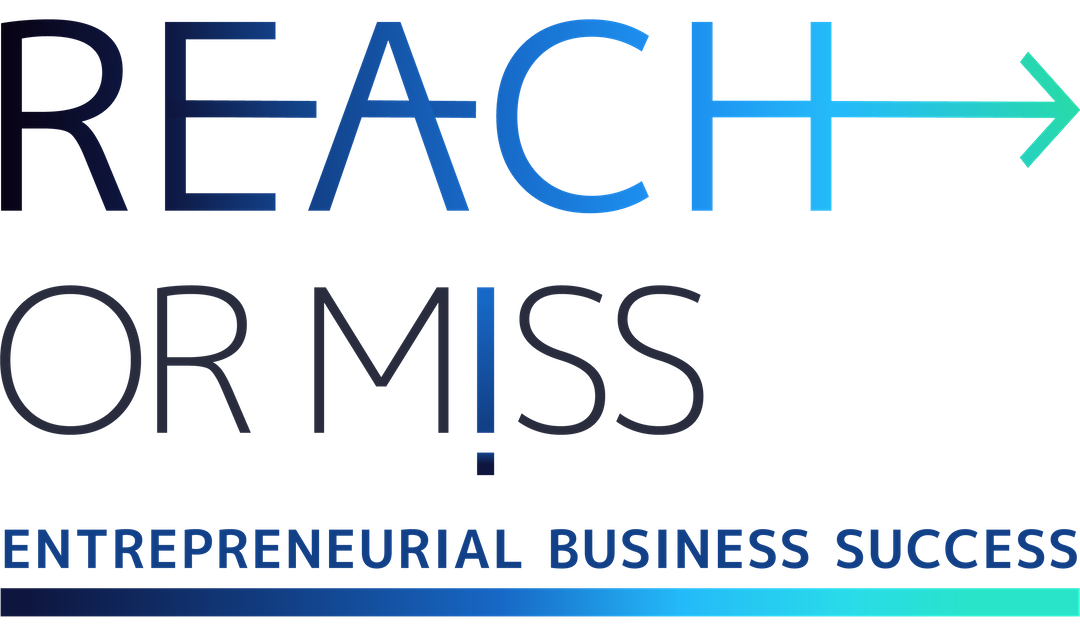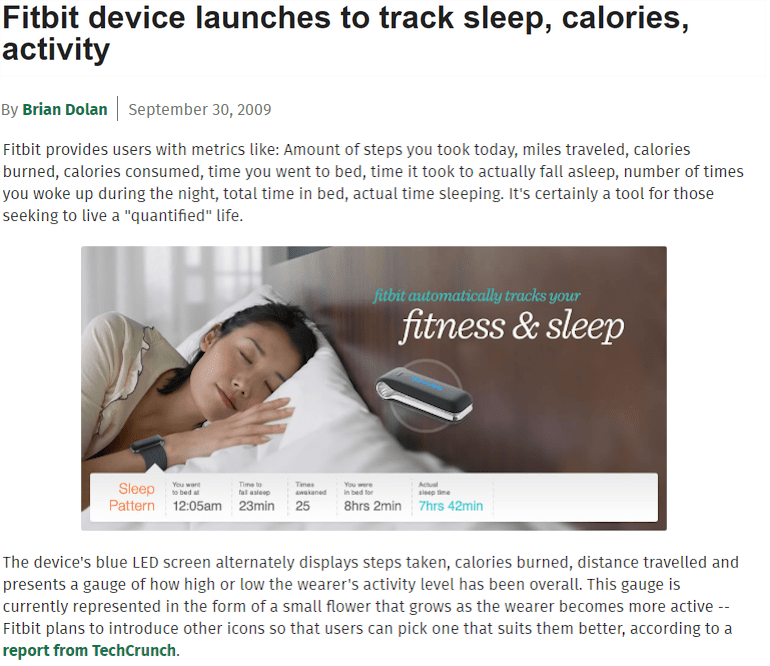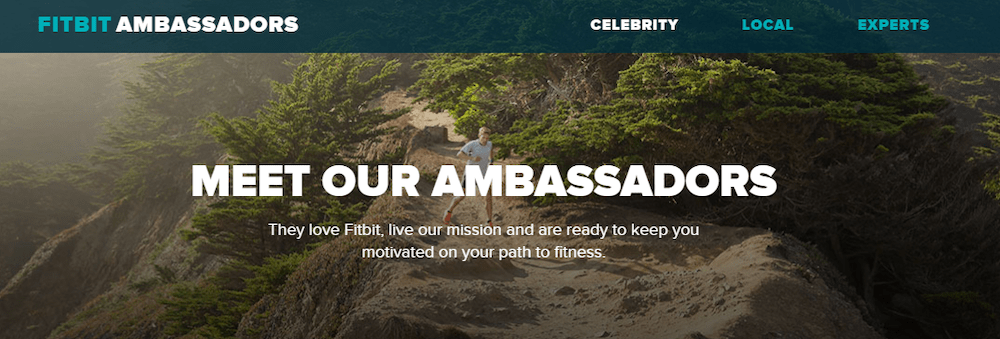How entrepreneurs can build the best customer journey
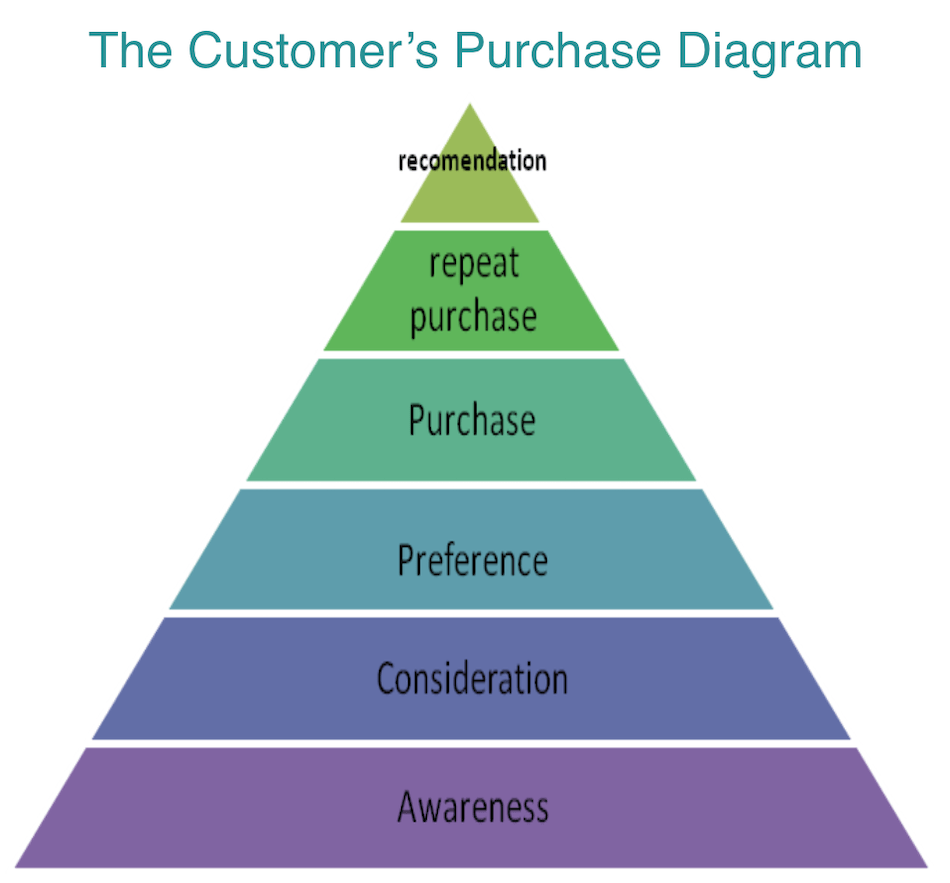
How entrepreneurs can build the best customer journey
From creating awareness to a loyal customers and brand ambassadors

Starting a new year is the perfect opportunity to introduce new things:
Especially if it can lead you to new heights of paying customer and revenue.
…and it all starts with a triangle
I joined Nokia in 2004 as the VP of marketing for the Israeli market and part of the international marketing team.
It was my fifth executive role in 21 years. Before that, I had the chance to lead global and local leading brands like Lipton tea, Energizer, Fuji, 3M, and several local brands that became leaders.Fortunately I started my management career as a Customer Service VP back in 1989. It is a fundamental base for a marketing and sales career. You never forget the customer.
I don’t remember when I first saw the Customer’s purchase Diagram. We talked about it and taught our marketing and sales people about the different stages.
However, one of the things I remember most was when I first learned about the way Nokia measured its international growth. I worked with several other multinational brands that used well-known surveys and statistics.
Nokia had a secret research company in each of the leading 100 countries that ran the same surveys either quarterly or on a half-year basis, depending on the size of the market.
Nokia measured the strength of the brand in each country and the level of change.
The parameters Nokia looked at were exactly the parameters we look at in the consumer’s purchase decision diagram.
The Customer’s Purchase Diagram
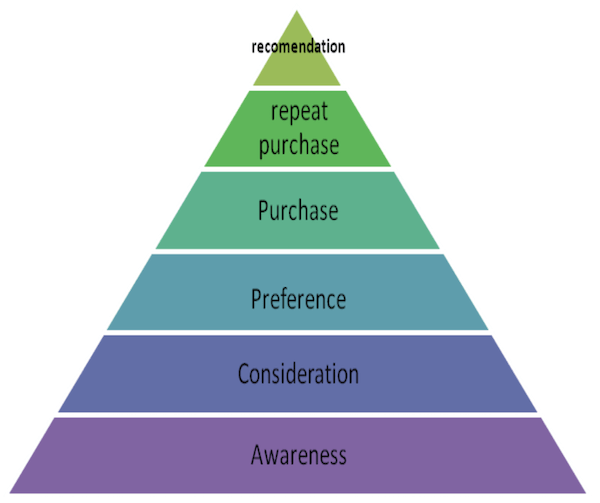
Some marketers love to present this diagram upside-down with the wide part on top and the point of the diagram on the bottom, to make it easier to understand the conversion process.
However, to build a leading brand and successful business, we need as wide a base as possible. The more people hear about your new product, the more people will end up buying it.
So, what is the purchase diagram and how can we, as entrepreneurs, best use it to achieve dominance and business success?
The purchase diagram illustrates the process the customer will go through from when they first find out about the new product or service all the way to advocating for that product or service.
Awareness
The first basic layer of the purchase process should be as wide as possible – this is awareness. This means that in order to launch a new product, we should make sure that as many potential customers as possible have heard of and know about the product.
In order to achieve awareness, we need to expose the product or service.
There are two levels of awareness – the aided and unaided awareness. We learn about the level of awareness through the question: Which brands and /or company names are the customers familiar with? First, we look for the first name that would come up, which called Top Of Mind. Then we ask about the other names you recognize in the category. This is the unaided awareness.
The second type is aided awareness; it’s the lowest level of awareness. When we mention a list of brands, products, and companies and the customer answers which of them they heard of or know about.
The tools and channels we use to create awareness are those that reach as many potential customers as possible. The marketing methods we use to create awareness are wide spread methods like different types of advertising, PR (Public Relations), and more.
The more potential users we will be able to reach – the higher the chances are of gaining paying customers and revenue.
Consideration
Consideration refers to the amount of potential customer who consider buying our product among other products.
One of the best tools to create consideration is testimonials – customers that purchased the product share their recommendations on social media, Youtube campaigns, review sites, and more.
Preference
The next level is preference. While consideration means the customer mentions our product among others they might choose to buy, in preference it will be the product the customer wants to buy over other products.
Purchase
This level is when the customer actually buys the product, which is what we aim for. They chose this product over the other products they considered.
Repeat purchase
We always want our customer satisfied and to keep them as a return customer. First of all, because it is easier to maintain a happy customer then find a new one. We would like to maintain as many customers as possible as return customers.
And second, because the customers that choose to buy again are loyal and our best evidence and argument about the quality and value of our product.
Recommendation (evangelist)
This is probably the highest level of customers we can get, not only is the customer is loyal, loves our product, buys it again and again, the evangelists are those that will put effort into convincing others to buy our product because they believe in and love the product.
There are two main types of evangelists. The first are those that became evangelists because they chose to and they want others to buy and appreciate the product like they do.
The second type are also loyal customers that love and trust the product, however they are tired of being evangelists.
I think one of the first successful evangelists was Guy Kawasaki who used and loved the Macintosh, and was hired by Steve Jobs to be the official Chief Evangelist for Apple, convincing companies and individuals to buy the Mac.
Why is understanding the customer’s purchase diagram important for entrepreneurs?
Because these are the different stages a customer goes through.
The purchase diagram helps us, as entrepreneurs, to plan for each stage to achieve an optimum customer journey.
As a summary – let’s look at a product like Fitbit and try to see it through the different stages of the customer purchase process.
![]() Fitbit, Inc. is an American company headquartered in San Francisco, California. Its products are activity trackers, wireless-enabled wearable technology devices that measure data such as the number of steps walked, heart rate, quality of sleep, steps climbed, and other personal metrics involved in fitness.
Fitbit, Inc. is an American company headquartered in San Francisco, California. Its products are activity trackers, wireless-enabled wearable technology devices that measure data such as the number of steps walked, heart rate, quality of sleep, steps climbed, and other personal metrics involved in fitness.
Fitbit was founded in early 2007 by James Park and Eric Friedman, who saw the potential for using sensors in small, wearable devices.
Creating the awareness
In the first step, they looked to create awareness, so they addressed the TechCrunch 50 conference on 9 September 2008. The founders, Park and Friedman, hoped to get 50 pre-orders, In fact, they took 2,000 pre-orders in one day!
Fitbit created the awareness and offered pre-orders.
Building consumer consideration & preference
Fitbit continue to create the needed awareness in order to become the leading brand in their category, mainly through PR.
Purchase
Fitbit launched its tracker at the end of 2009, shipping around 5,000 units with a further 20,000 orders on the books.
After encouraging more customers to purchase the first version of the Fitbit and selling millions of units, Fitbit started to focus on in returning customers:
Return purchase
“As existing consumers choose to upgrade the new form factor to stimulate dormant users, we believe our franchise becomes more durable and self-sustaining,” Park said.
Source: https://loyalty360.org/content-gallery/daily-news/fitbit-prides-itself-on-driving-behavioral-change,
“Fitbit builds positive brand differentiation and loyalty”
Source: http://www.trulydeeply.com.au/2016/11/fitbit-after-sales-brand-differentiation-loyalty/
The last stage – Recommendation
And the last stage of the diagram was driving their loyal customers to become Fitbit ambassadors.
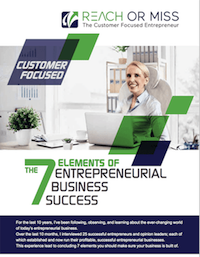 |
To learn more about entrepreneurial marketing, we recommend reading The Elements of Entrepreneurial Business Success |
